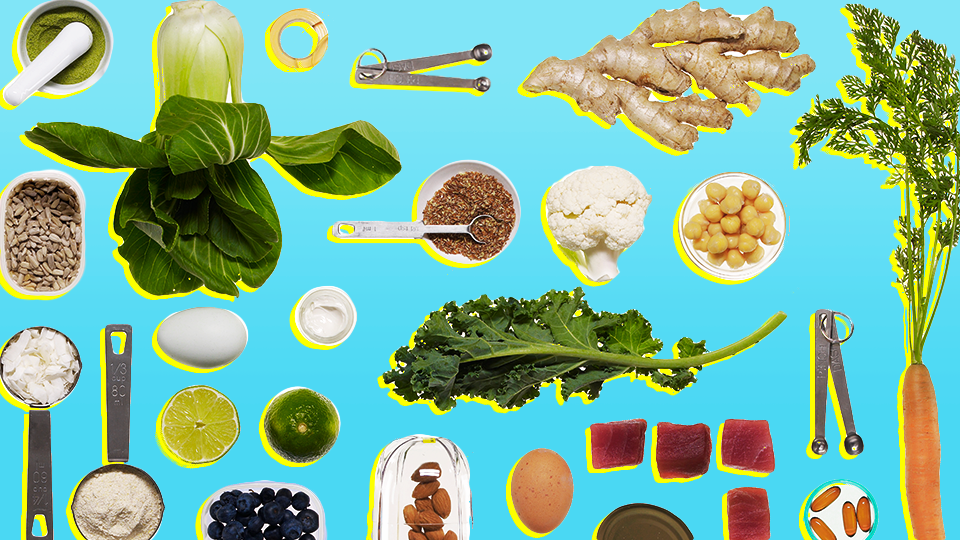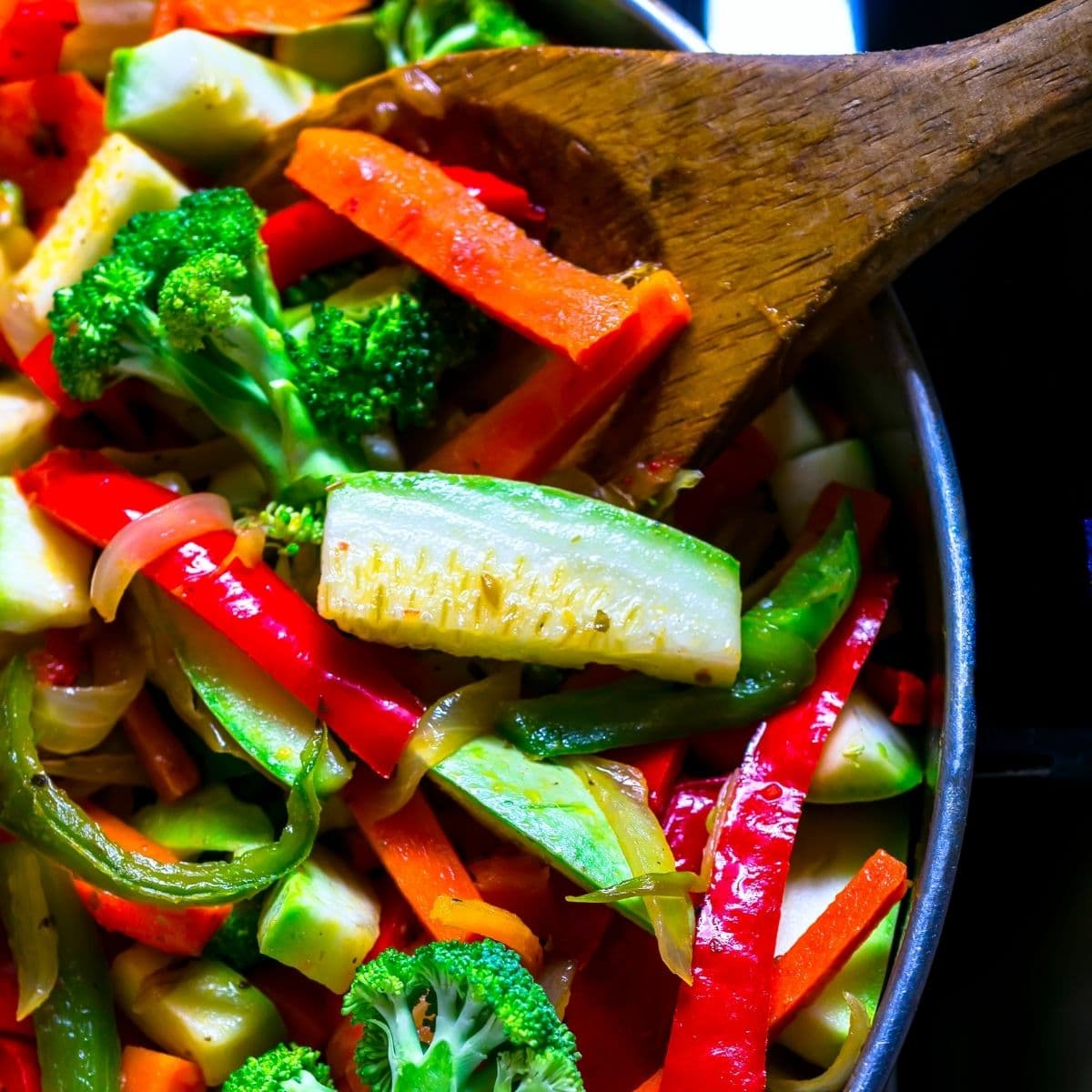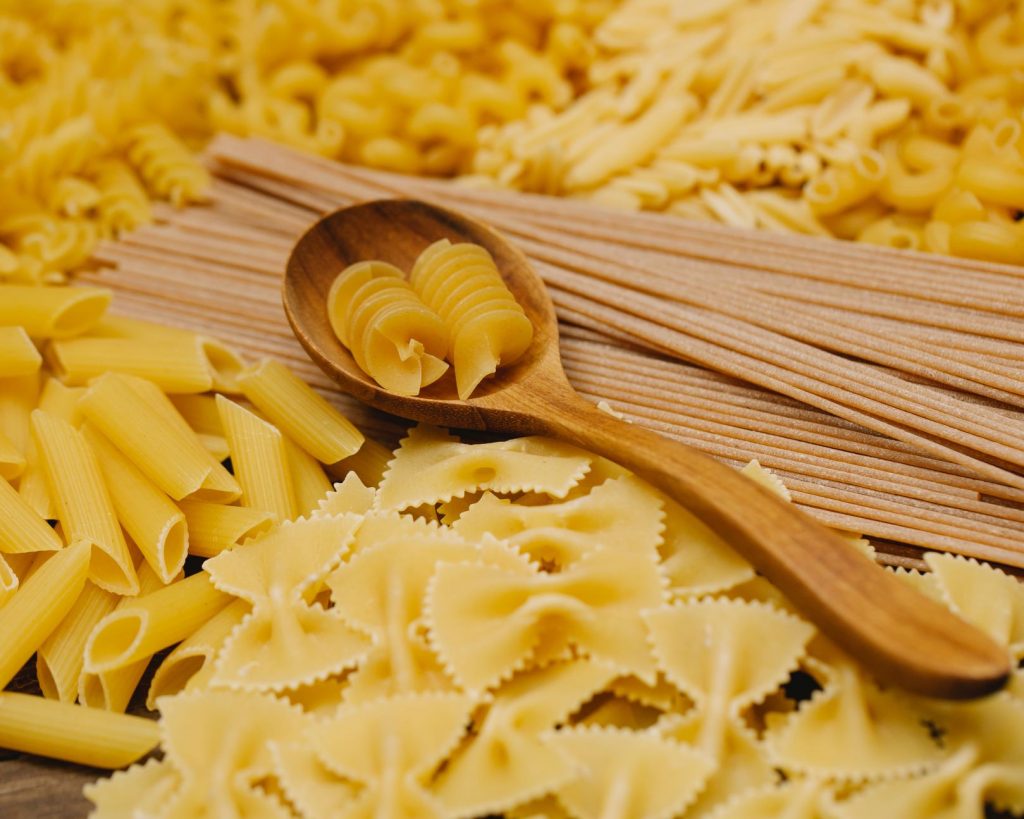
There are many things that can be done to ensure your kitchen is safe. Apart from the safety precautions such as not buying broken appliances, avoiding extension cords and turning pot handles inwardly, it is important to be aware of any potential hazards in your kitchen. These hazards include fires, choking hazards and electrical fires. Keep reading for more safety tips in the kitchen. Here are some of our top picks:
Fire hazards
The kitchen is one area that can be dangerous in your home. Serious injuries can result from common kitchen hazards. Most accidents can easily be avoided. However, some may be life-threatening. With a few simple precautions, most kitchen injuries can be prevented. As always, if you suffer from an injury, get medical attention immediately. Even though it may seem like a minor problem, there may be an internal injury hidden that is not visible for several days.
Electrical fires
Although electrical fires in kitchens are often unpredictable, these disasters can be prevented by following some basic safety measures. Overloading an electrical outlet is not a good idea. You also should avoid overusing liquids and water near heat-generating equipment. Avoid plugging appliances that contain liquids or water. It is important to avoid overloading outlets. This can lead to dangerous situations, and can even cause trip breaker.

Stoves
The number one cause of house fires is when something is left unattended on the kitchen stove. People leave things cooking while they go out for the day or grab a quick catnap. Make sure that you do not leave something near the stove, set a timer, and do not leave anything flammable nearby. Potholders are essential to catch any packaging falling on the stove.
Choking hazards
Choking in the kitchen can lead to many problems. Children can choke on almost anything, even if it is small. Parents must ensure their children are safe. Be sure to inspect behind and under furniture. Parents must be aware of CPR and keep a cell phone handy for emergency situations. Choking hazards should not be visible. Parents should childproof their kitchen cabinets and drawers to prevent any potential choking. Children should be supervised when eating, and foods should be cut into half-inch pieces.
Cross-contamination
Cross-contamination is a frequent problem in the kitchen. Cross-contamination is a problem that can result in dangerous bacteria being transferred to food. Cross-contamination can occur whether the machine is being used for cutting meat or to make glassware. A meat slicer was infected with listeria in 2008. Cross-contamination can sometimes be prevented in certain cases. There are still steps you can take to avoid cross-contamination in the kitchen.

Hand washing
Proper hand washing, which is the first line for defense in food safety, is an essential part. Workers must wash their hands regularly and often in order to ensure food safety. This requires thorough training and proper setup of hand washing stations. Proper hand washing can significantly reduce cross-contamination and ensure a safer food production environment. Proper handwashing practices are vital for food processing facilities' safety and health. These should be reinforced in training and displayed prominently on the jobsite. In addition, hand-washing will also help produce a cleaner and healthier end product.
FAQ
How to be a Chef
There are many avenues to become a professional chef. You can begin by taking a course at a community college or vocational school. You can then look into going to culinary school. Finally, consider a paid internship.
What is the minimum requirement to become a chef?
No. No. Some went to culinary school simply to gain experience. Many chefs prefer to attend culinary school for the increased opportunities to learn and grow as professionals. Culinary schools provide hands-on training that helps students develop valuable skills and enhance their culinary knowledge.
Can you become a self-taught chef?
Self-taught cooking is possible! Cooking is one of those things that everyone loves doing, whether they know how to do it or not. Start cooking at home if you want to learn how to cook. You can start small by making spaghetti sauce for dinner or pancakes for breakfast. You can learn the most by trying new recipes and making mistakes. It's possible that you will make mistakes.
Cooking can take anywhere from a few hours to several months depending on the skill level. Cooking is more than following recipes. There are many methods to prepare food.
What does a culinary program cost?
Prices for Culinary School vary depending upon where you go, what program you select, and how long you stay there. The average tuition ranges from $10,000-$30,000 per year. The average student graduates with $20,000 in debt. There are programs that offer work-study and scholarships.
Statistics
- In the United States, the category is estimated at $23.2 billion annually and is growing faster than the market. (washingtonpost.com)
- under 10 Kids have been taught that there is special food just for them, and Fiese says that 10 percent of kids will throw a tantrum if they don't get the food they want. (washingtonpost.com)
- On average, chefs earn $58,740 a year, according to the BLS. - learnhowtobecome.org
External Links
How To
How to make an Apple Pie
There are several steps to making apple pie. First, wash the apples. Next, peel them and then cut them into small chunks. Then, add sugar. Mix everything together and place it in an oven at 350°F for 15 minutes. After this, you remove the apple mixture from the oven, let it cool down, and then pour some cream on top. Finally, sprinkle some powdered salt on top and serve.